First National Corporation: Asset-Based Lending Impact Analysis
VerifiedAdded on 2022/11/17
|7
|1429
|339
Report
AI Summary
This report examines the impact of asset-based lending (ABL) on financial institutions, specifically analyzing its effects on the return on net worth (RONW) and return on assets (ROA). The report uses a case study of First National Corporation to illustrate how ABL can improve financial performance by providing funds at lower interest costs, increasing asset values, and enhancing the market value of shares. The analysis also explores whether the deposit composition of the financial institution necessitates the pursuit of higher-yielding earning assets. It assesses the relationship between deposit composition, the need for high-yielding assets, and the overall solvency of the financial institution. The report references various academic sources to support its findings, demonstrating the positive influence of ABL on financial metrics and the importance of deposit strategies in maximizing profitability and financial stability.
1 out of 7
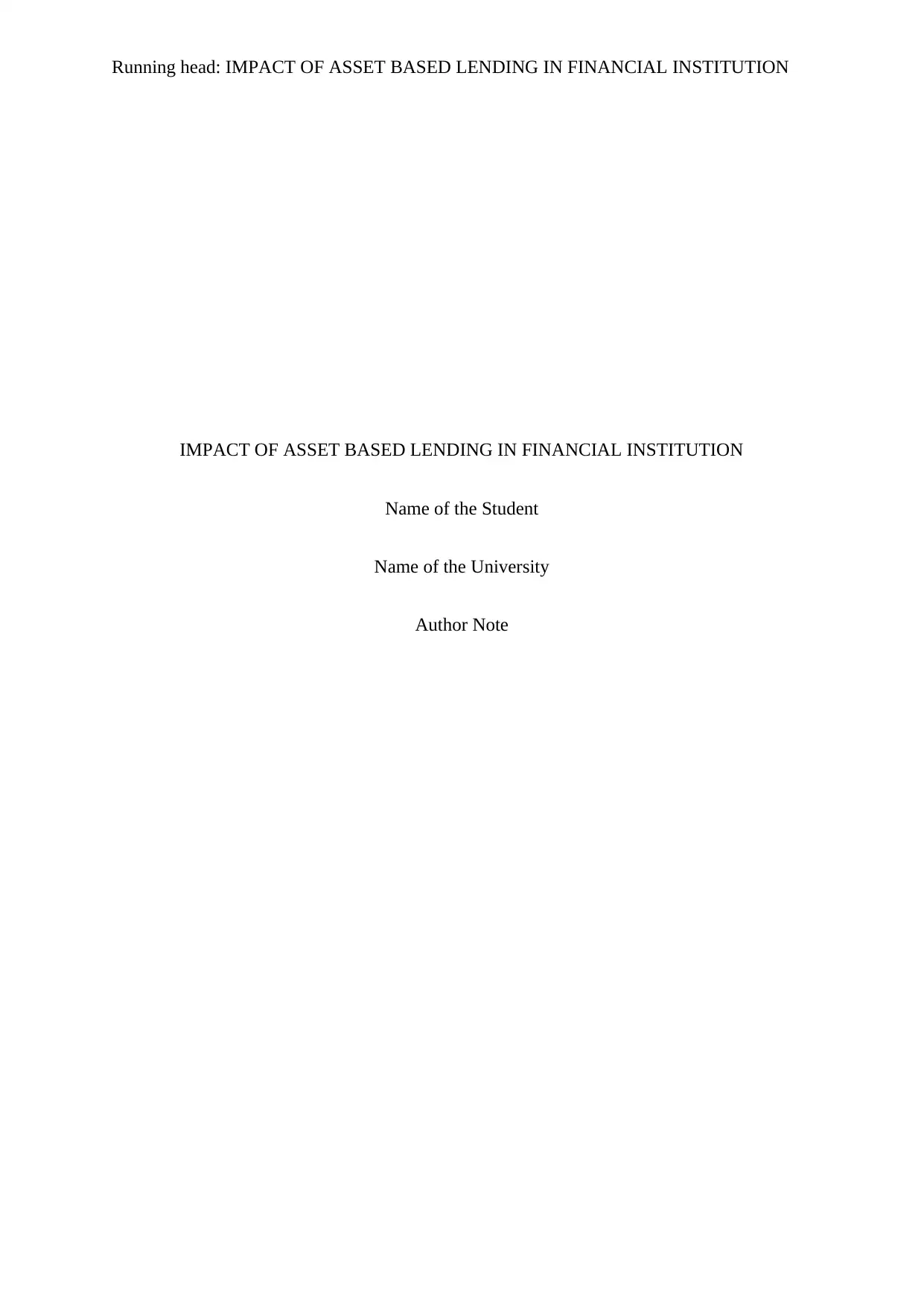

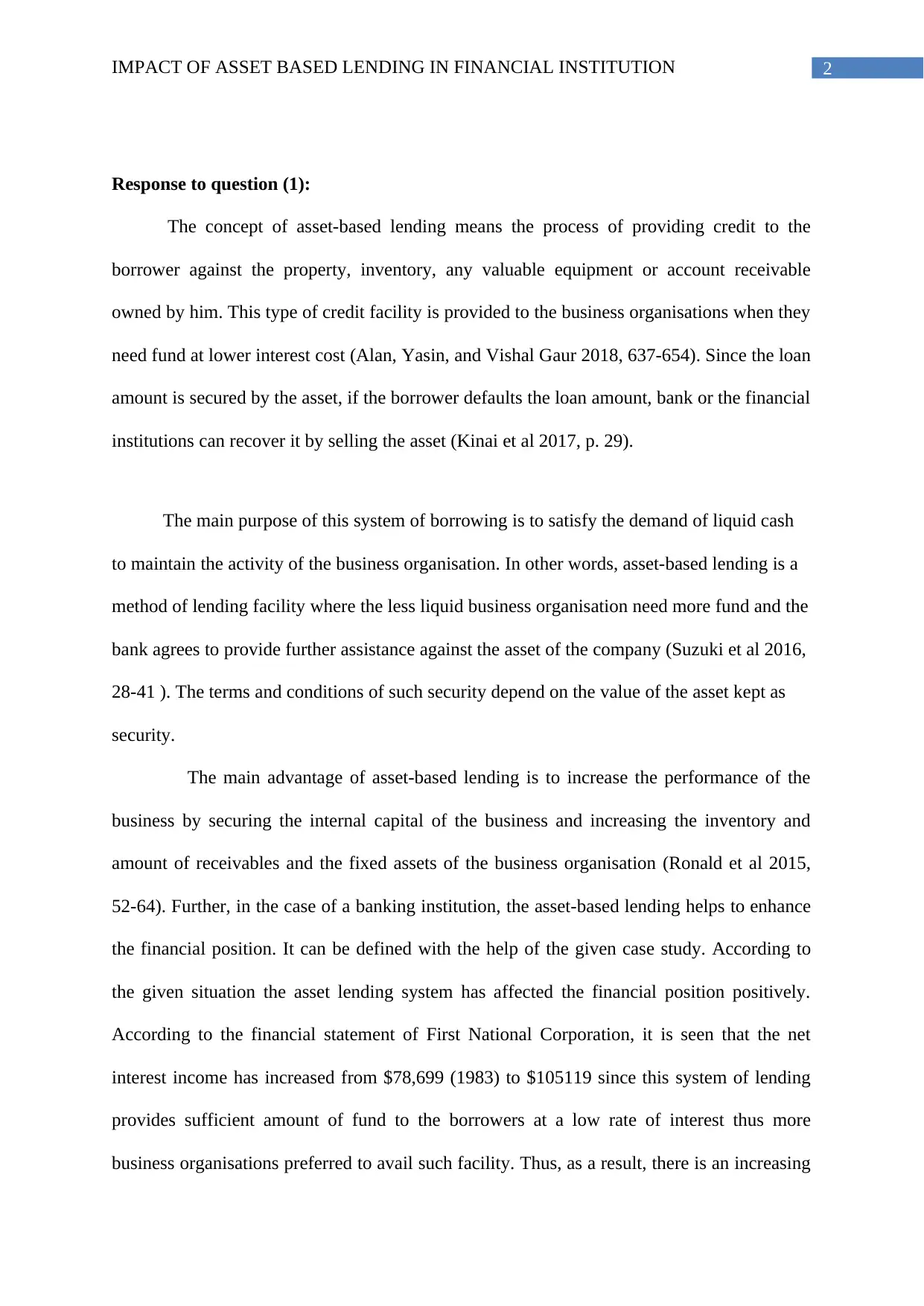
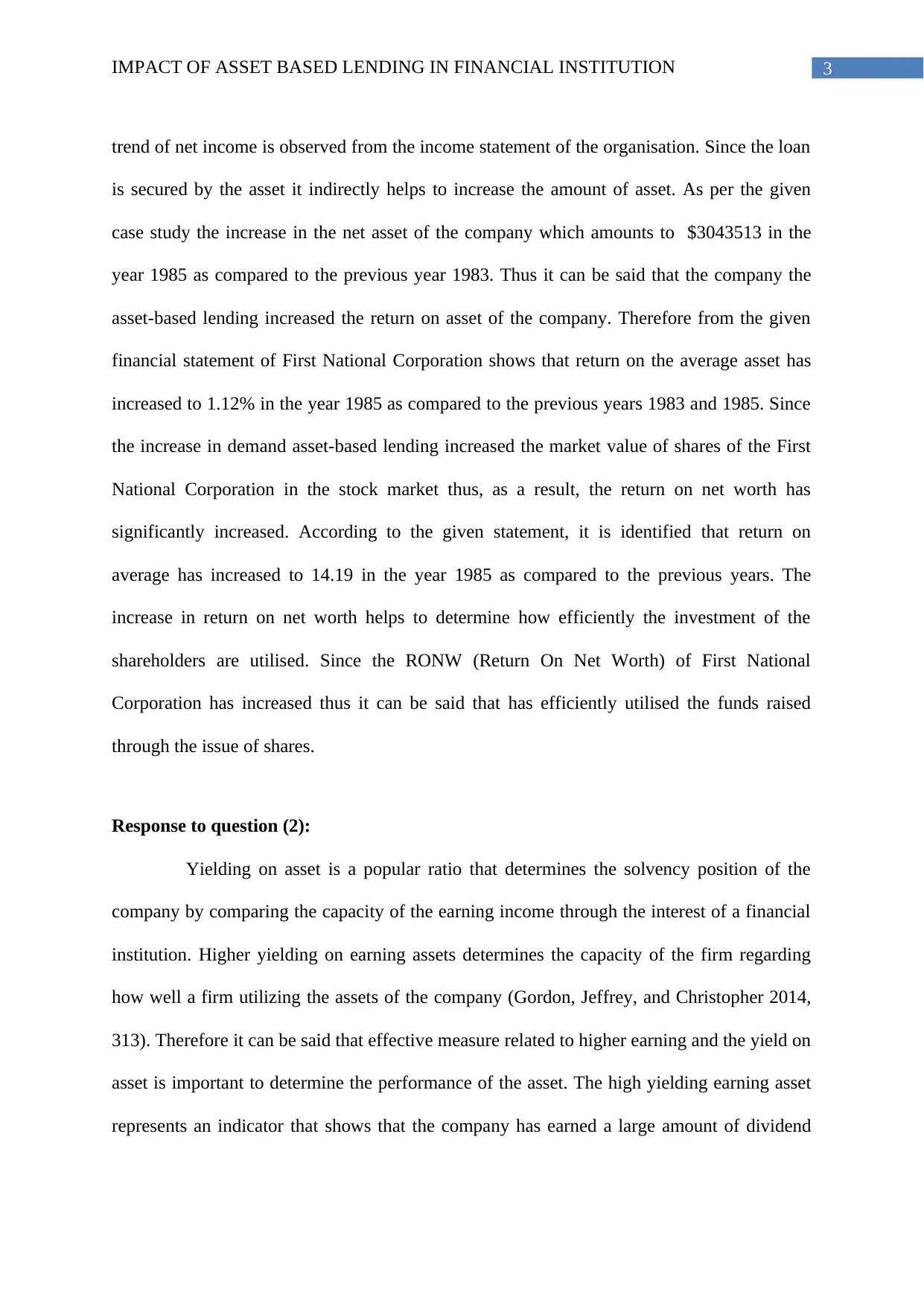
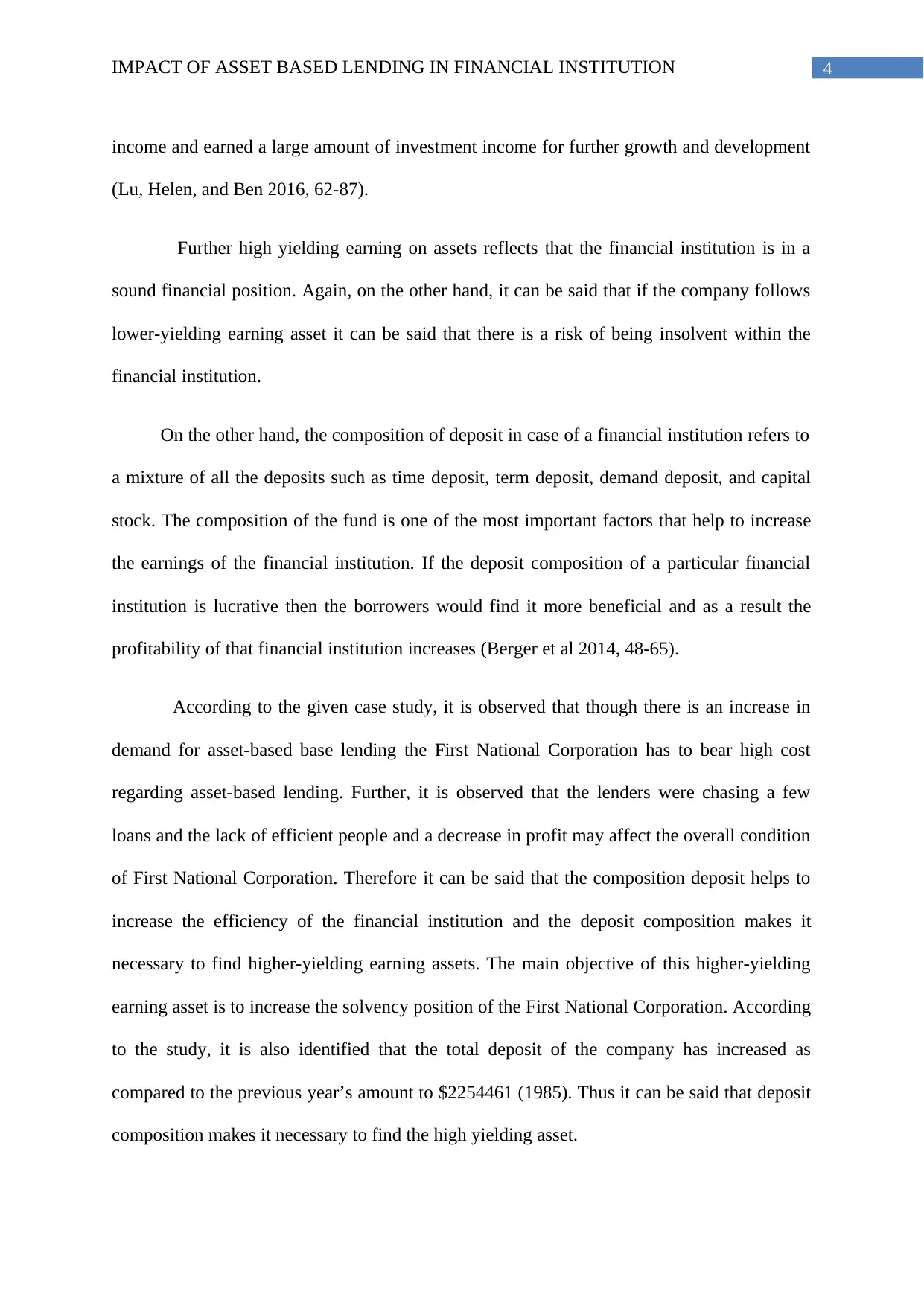

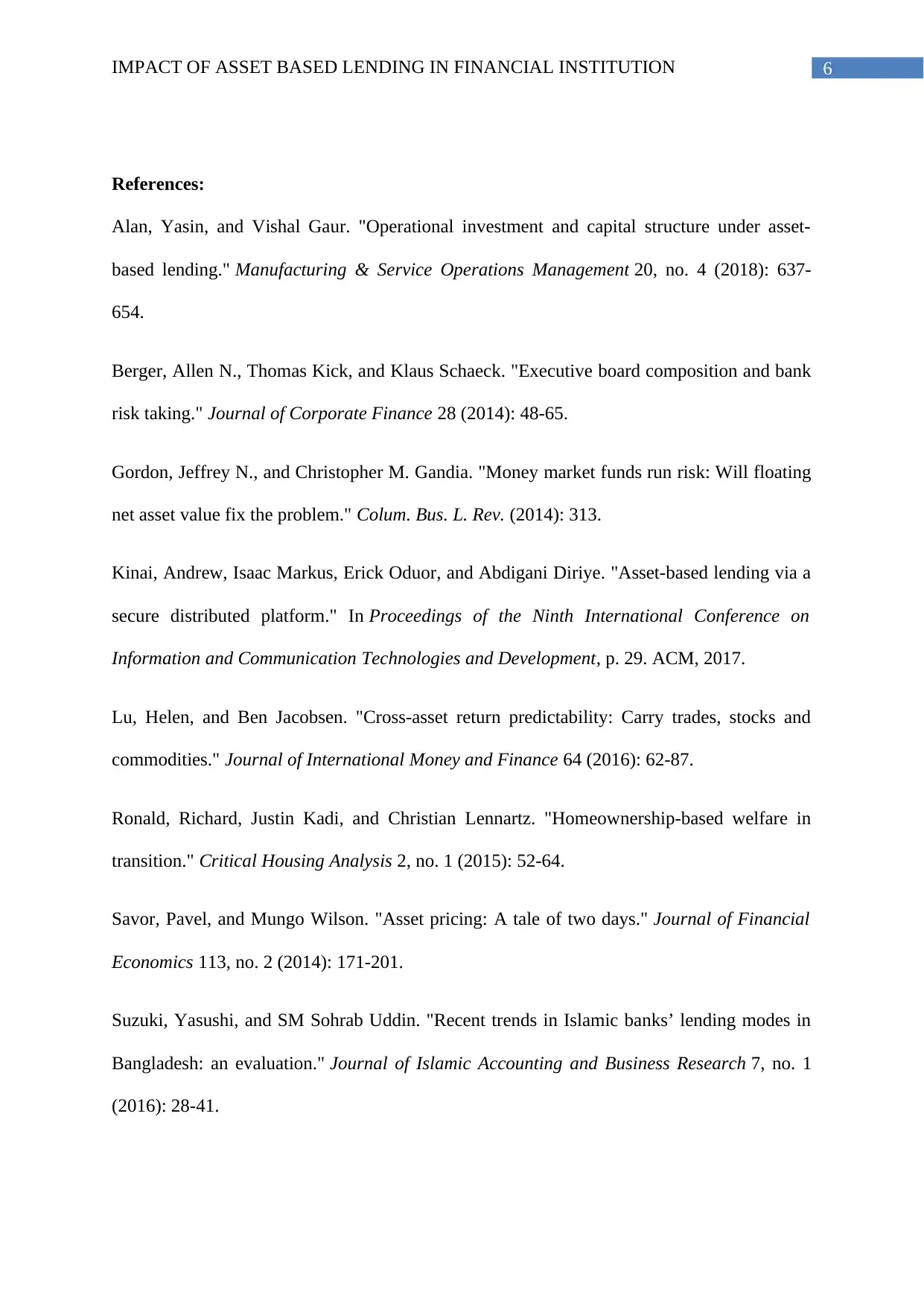





![[object Object]](/_next/static/media/star-bottom.7253800d.svg)